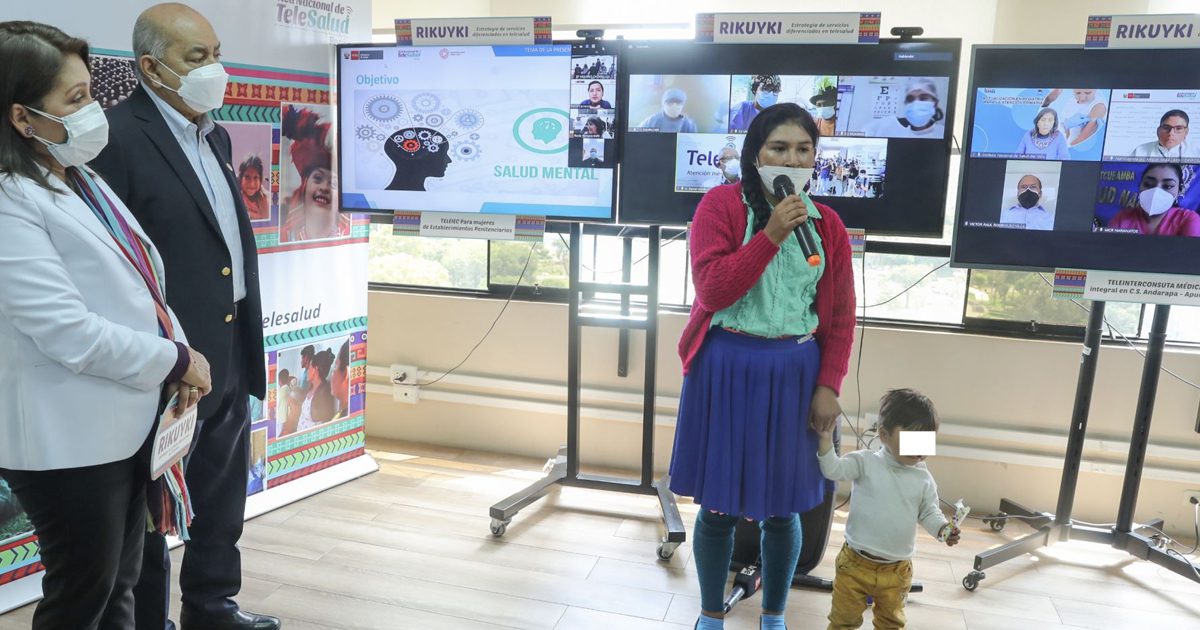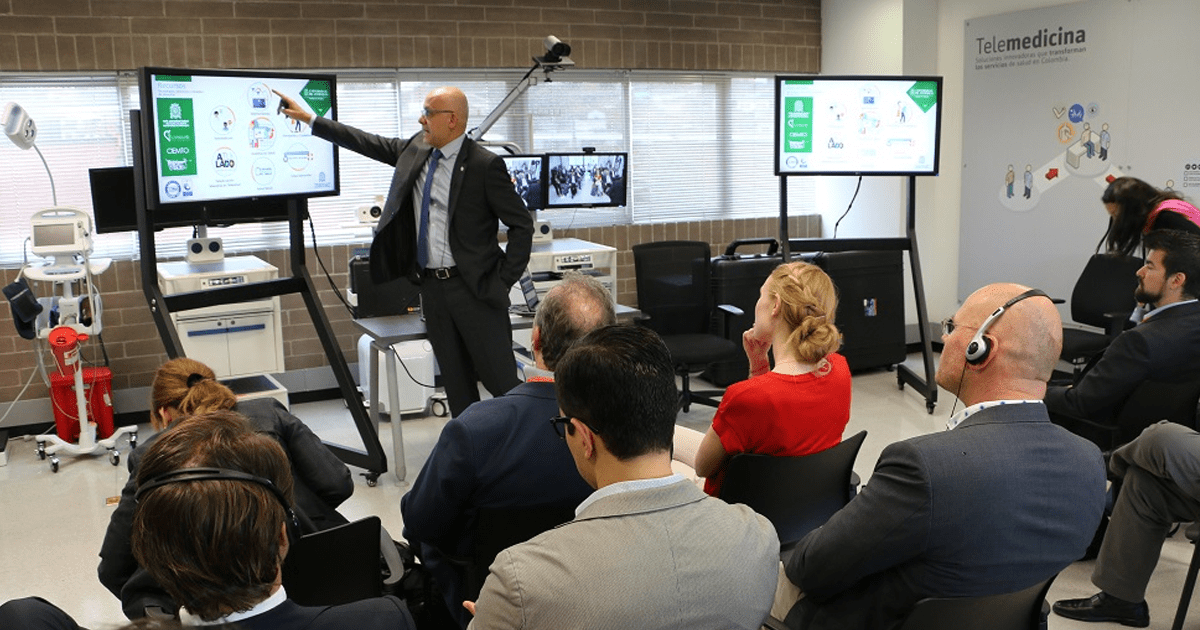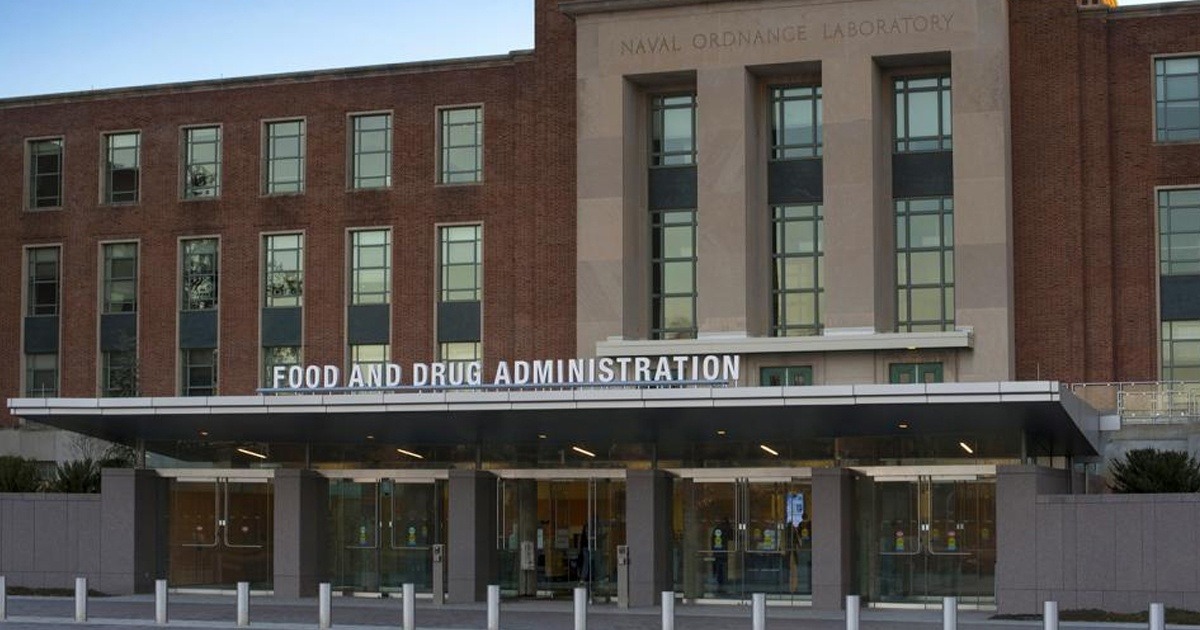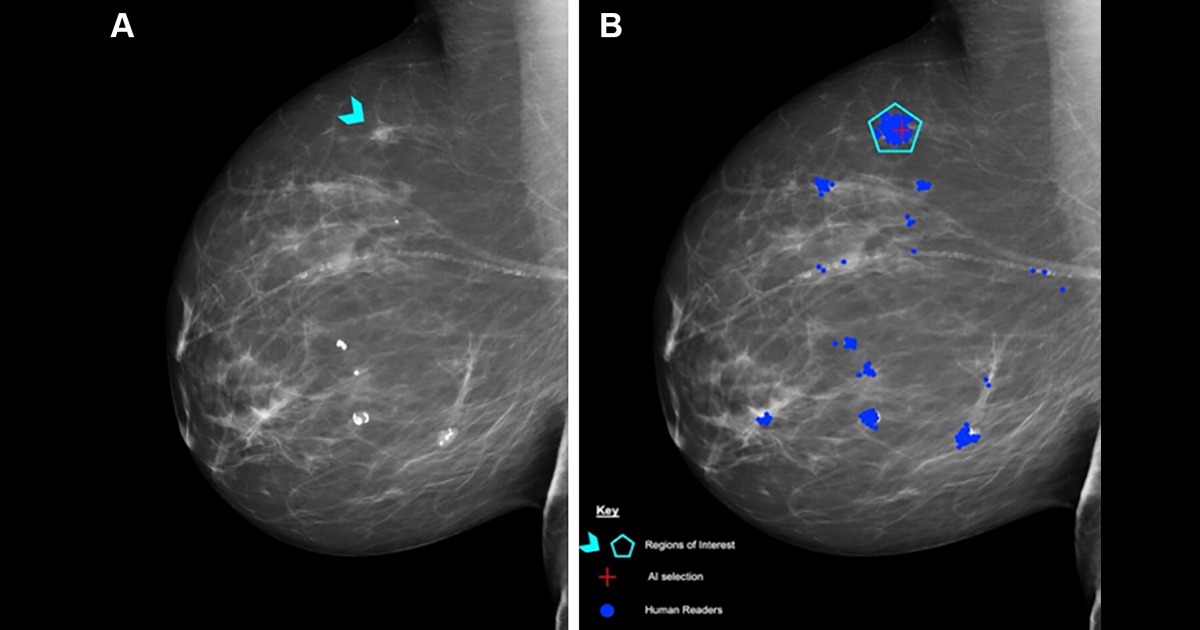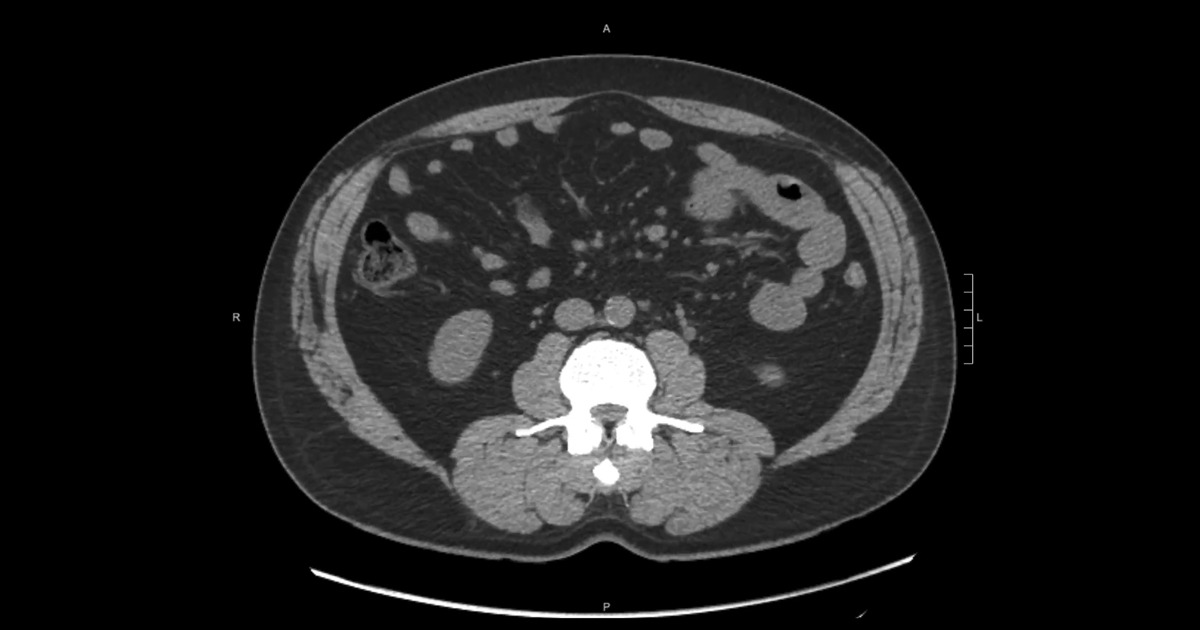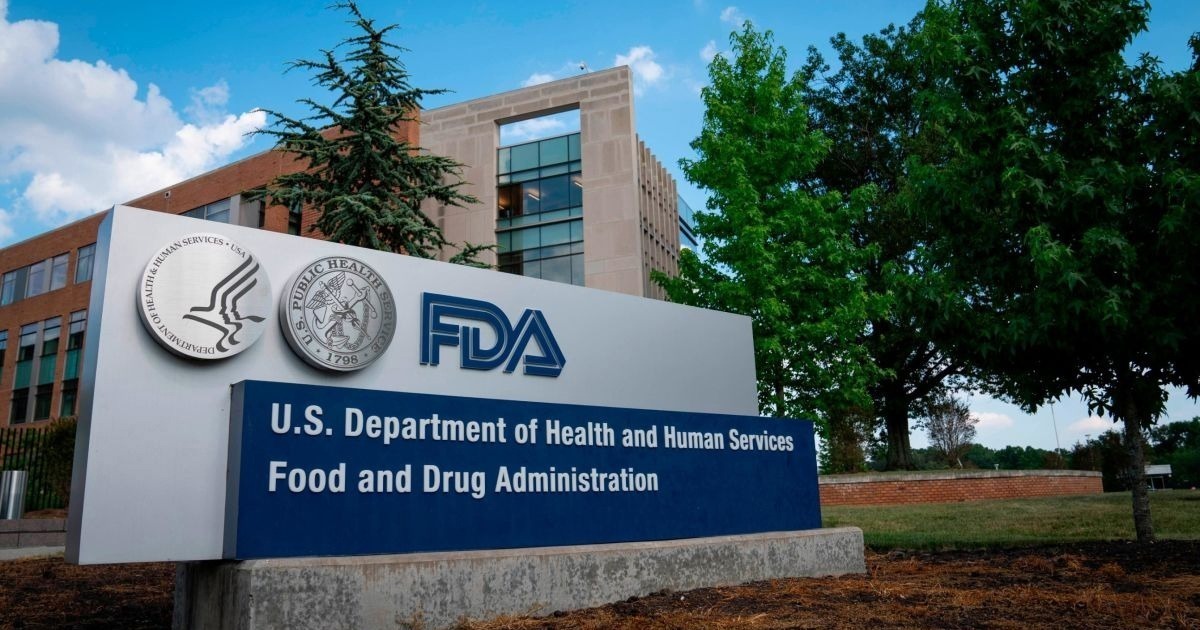The so-called Rikuyki strategy was announced in November 2021 by the Peruvian Ministry of Health (Minsa), with the aim of providing remote medical care to vulnerable populations.
Rikuyki, is a strategy that uses telehealth services to bring virtual health care closer to vulnerable populations in Peru and facilitate access to this type of service. This strategy can serve more than 7 million people in vulnerable conditions, such as original or indigenous populations, in prisons, in border areas and/or in situations of extreme poverty.
"This strategy allows us to reach populations normally excluded from health care of all kinds, mainly indigenous border communities or peasant communities," explained last November, during the launch of the Rikuyki strategy, the chief of staff of the Ministerial Office of the Minsa, Julio Castro.
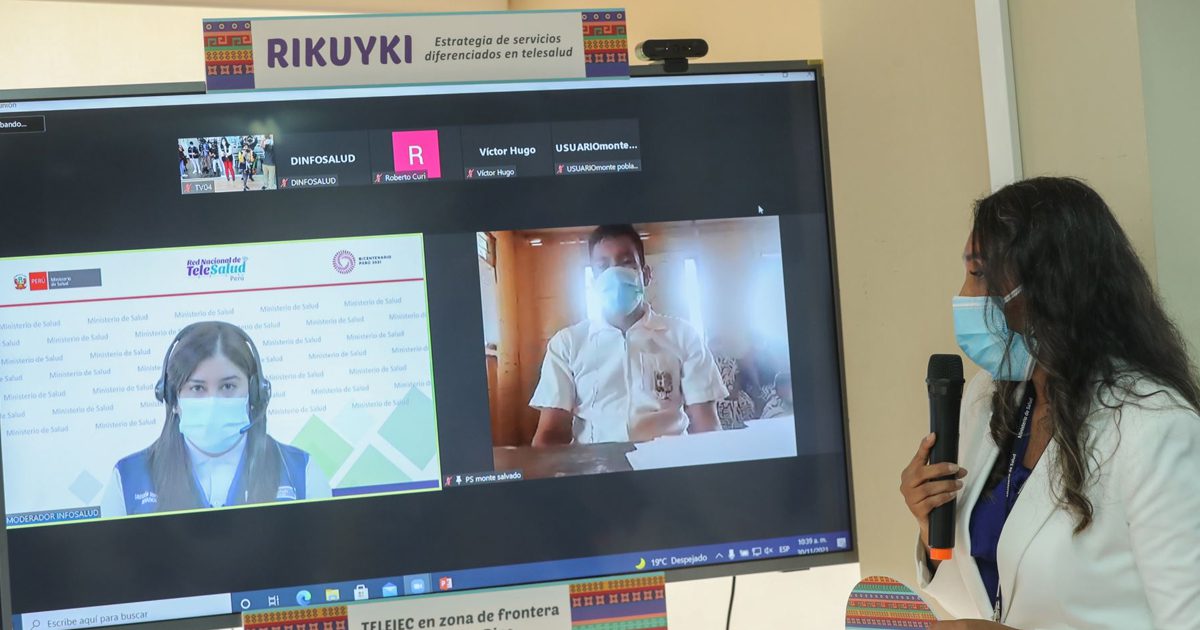
On the other hand, Dr. Bernardette Cotrina, general director of the General Directorate of Telehealth, Reference and Emergencies (Digtel) of the Minsa, explained during the announcement of the strategy: “The benefits of Telemedicine are multiple. When we access this care we avoid the transportation time for displacement. By making use of Telemedicine we make it possible for the user who cannot reach the specialized consultation to arrive from the place where they are”.
Thanks to this strategy, the health authorities successfully treated a 2-year-old boy with a cleft lip and cleft palate. In November, the child's mother went to the Pampachiri-Apurímac Community Health Center where he was treated through telemedicine and teleinterconsultation with plastic and reconstructive surgery specialists from the National Institute of Child Health (INSN) of the district of Breña, Lima. .
After the teleconsultation, it was possible to schedule a face-to-face evaluation with the specialist, as well as preoperative exams and schedule surgery. In this way, the mother and child traveled to Lima to continue the procedure.
After starting his medical care through telemedicine, which managed to facilitate and speed up the care processes, the boy underwent surgery, as recently reported by the Peruvian News Agency.
“The pandemic brought us many challenges that we have capitalized on and systematized. Providing remote health care to vulnerable populations is a reality thanks to Rikuyki, whose purpose is to improve the health conditions of millions of people in our country, using technology to prevent and treat diseases,” explained Dr. Cotrina.
Telemedicine strategies have made it possible to overcome geographic, linguistic and physical barriers to provide quality medical care. The Minsa currently registers about 39 million visits through all telemedicine services. In this way they have benefited more than 2.5 million Peruvians.
